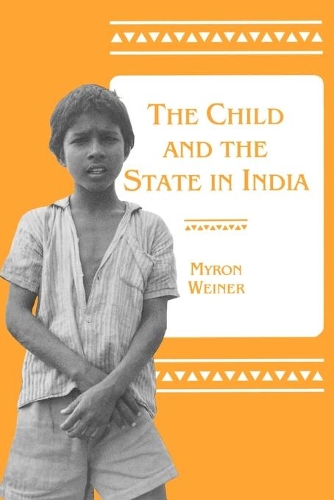
The Child and the State in India: Child Labor and Education Policy in Comparative Perspective
(Paperback)
Publishing Details
The Child and the State in India: Child Labor and Education Policy in Comparative Perspective
By (Author) Myron Weiner
Princeton University Press
Princeton University Press
14th January 1991
United States
Classifications
Professional and Scholarly
Non Fiction
331.310954
Physical Properties
Paperback
232
Width 152mm, Height 229mm
340g
Description
India has the largest number of non-schoolgoing working children in the world. Why has the government not removed them from the labor force and required that they attend school, as have the governments of all developed and many developing countries To answer this question, this major comparative study first looks at why and when other states have intervened to protect children against parents and employers. By examining Europe of the nineteenth century, the United States, Japan, and a number of developing countries, Myron Weiner rejects the argument that children were removed from the labor force only when the incomes of the poor rose and employers needed a more skilled labor force. Turning to India, the author shows that its policies arise from fundamental beliefs, embedded in the culture, rather than from economic conditions. Identifying the specific values that elsewhere led educators, social activists, religious leaders, trade unionists, military officers, and government bureaucrats to make education compulsory and to end child labor, he explains why similar groups in India do not play the same role.
